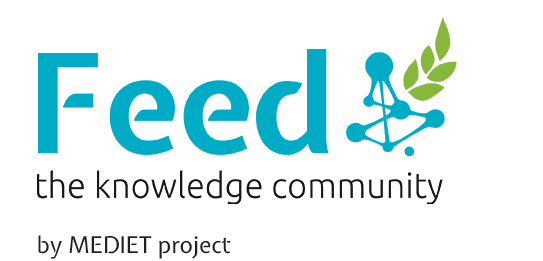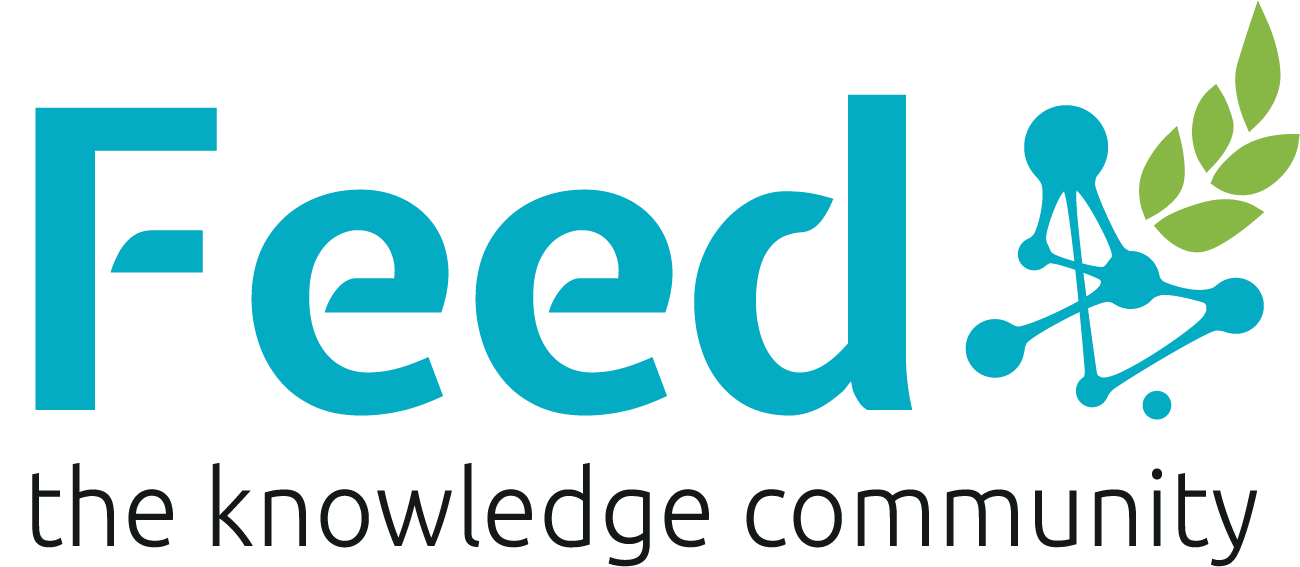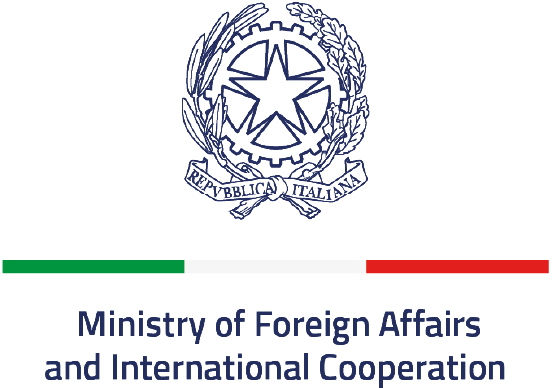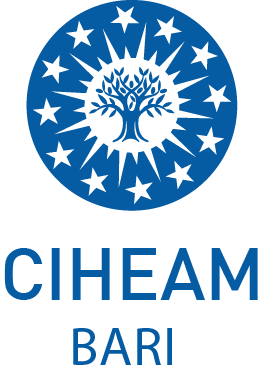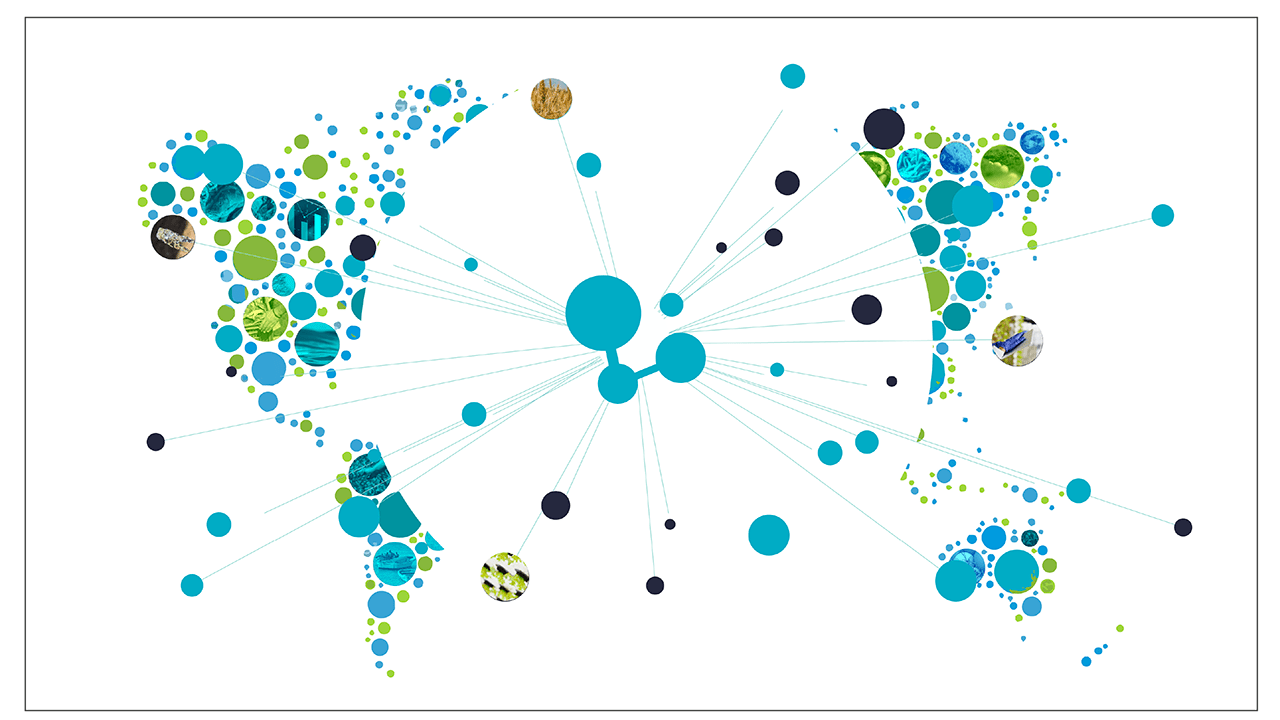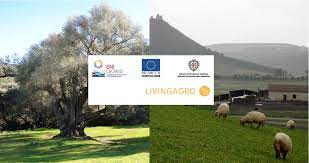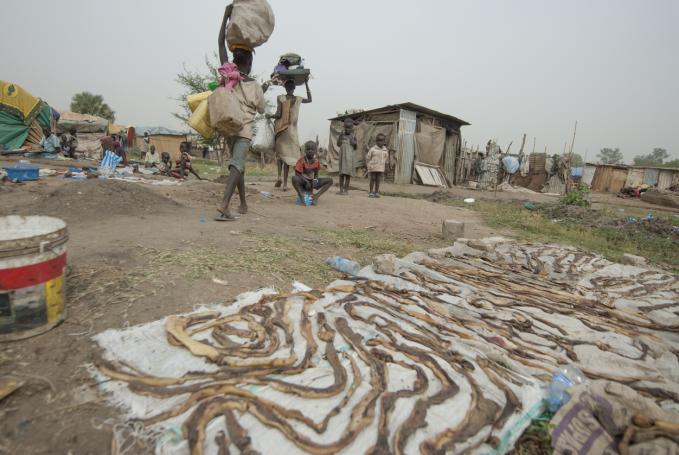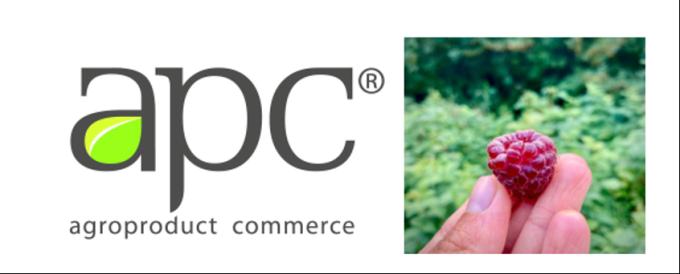Period
2018 - in progress
A transformative dairy processing methodology has revolutionized Jameed production, focusing on empowering women and improving product quality. Through meticulous cost-benefit analysis, the practice has achieved a remarkable 60% reduction in energy and water consumption. The resulting cost savings, coupled with product quality enhancements, have increased the net profit margins of small-scale producers by at least 20%, significantly improving their livelihoods. Real-world impacts include a 72% reduction in fat content, an 11% increase in protein content, a 29% rise in ghee yield, and an impressive 60% enhancement in product homogeneity. This initiative has not only reduced the labor burden on women but has also contributed to sustainable dairy production.
You must be registered to see all the content
Identification needs
1)To improve a processing method to reduce the work on women
2) To increase the product quality 3)To improve the productivity, hygiene and profitability of dairy production
4) To provide an opportunity to improve the livelihoods of producers' families.
Stakeholder change
1- A simple cost benefit analysis showed that the improved method leads up to 60% reduction in energy and water consumption. 2- The cost savings and additional revenue due to quality enhancement enable the increase in net margins (profit) by at least 20% which will enhance the livelihoods of small scale producers.3- An example, Umm Fares, is one of the women who adopted the improved methods of making Jameed for small scale dairy processors; Um Fares was able to increase her production capacity from 15 kg of milk per day last year to 50 kg buying milk from the neighbours. Moreover, she shortened processing time, reduced inputs related to energy and water costs by about 60-70%. This is very important in a water-scarse country like Jordan.
Change triggered
The Jameed produced using the developed improved processing method in small-scale processing units:
1- had 72% less fat compared to the other traditional processed samples (P<0.05).
2-The content of protein was 11% higher compared to Jameed produced using the traditional method.
3- Due to the improved recovery of fat under the modified method, ghee yield was increased by 29%.
4- Additionally, the product homogeneity was improved by 60% with regard to fat and by 24% in terms of total solids contents.
Short description
Jameed is a dried skimmed fermented milk product, processed from small ruminants' milk. The processing is done mainly by small scale householders under intensive labor conditions and contributes up to 20% of the households' income. The processing method used is still very traditional and laborious for women. The International Center for Agricultural Research in the Dry Areas (ICARDA) developed activities to improve a processing method to reduce the work on women and increase the product quality. The on-going efforts to improve the productivity, hygiene and profitability of dairy production, provide an opportunity to improve the livelihoods of producers' families.
